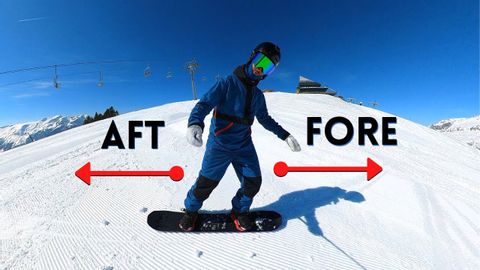每隻腳的重量是多少?- 單板滑雪技術 (HOW MUCH WEIGHT ON EACH FOOT? - snowboarding technique)
niniba 發佈於 2024 年 08 月 30 日  沒有此條件下的單字
沒有此條件下的單字US /ˈkɑnstəntlɪ/
・
UK /ˈkɒnstəntli/
US /ɪn'gedʒ/
・
UK /ɪn'ɡeɪdʒ/
- v.t.交戰;交手;雇用;吸引;參與;從事;嚙合;承諾
US /ˈbesɪkəli,-kli/
・
UK /ˈbeɪsɪkli/
US /ɪgˈzædʒəreɪt/
・
UK /ɪgˈzædʒəreɪt/
